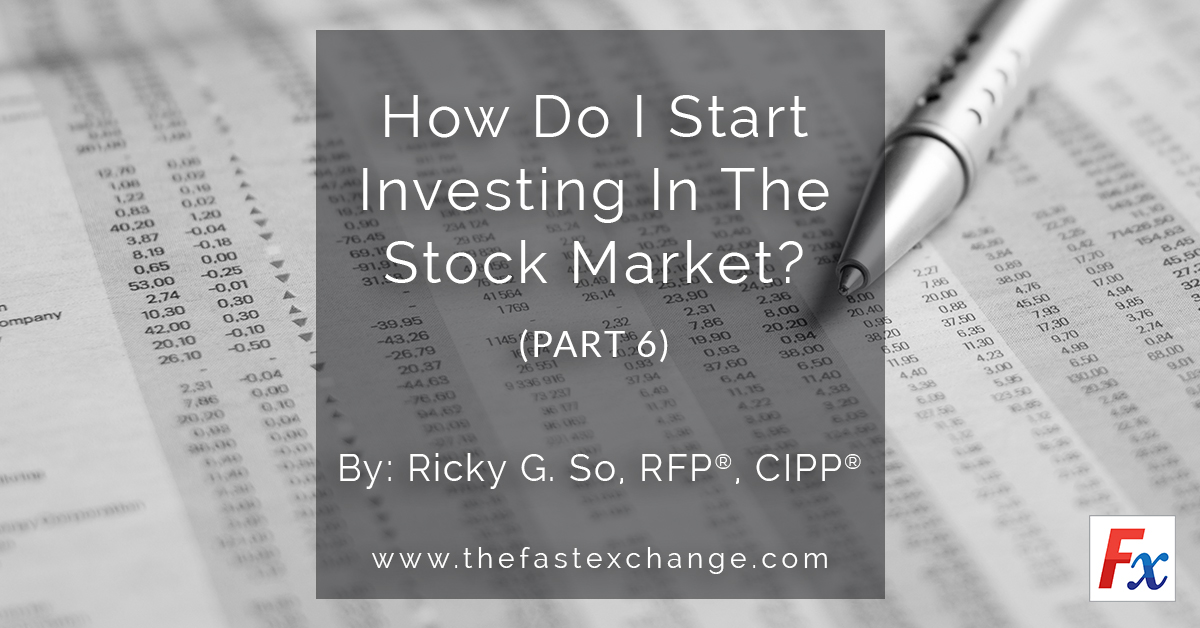
Choosing Which Stocks to Buy
After evaluating that the economy is doing well, and that the stock market is going to benefit from it, the next step is determining which sector or industry will do well before identifying which stocks to buy. This constitutes a top down approach. However, on the other hand, if the view on the macro economy is not that good, does it mean it is not good to invest? It depends on what industry one will invest in. For if the economy is not going to do well, there are industries or companies who will thrive on a slowing economy. For now, we will consider the Philippine economy. It seems the general sentiment is positive. Experts believe the economy is going to grow in the coming years and decades even. The question is which industry is going to benefit from the economic boom?
Typically, a prosperous economy will have a huge demand on power to fuel its growth. As we see it today, there are also a lot of constructions going on. The business sector is booming, employment increasing; these leads to increased consumption and demand for mobility and shelter among others. Therefore, it is not difficult to identify the particular industries or sectors who will profit from the current economic boom. These are construction, power and energy, retail, properties, financials and even consumers.
After identifying the sectors who would benefit or will be profitable, the next question is which particular companies within the identified sector will benefit most? There are several companies within a particular sector. Choosing which one will spell the difference between a gain or loss or a gain and a bigger gain.
How do we choose a company to stand out among the rest of its peers? Company study comes in several phases if we follow the book. First, there is the subjective aspect and the objective part of it. Subjective part of the analysis will be the usual SWOT analysis of the company. Its business model and strategies. Its management team and products or services offered. Hardly would one regular investor would put time into this though. Much of the conventional investors put time to analyze the financials of the company. Financial analysis is more definite-perhaps, more conclusive and comparable to peers. Hence a bit of accounting knowledge will definitely be an advantage.
As an investor, financial analysis may be very important but perhaps not for a trader. For an investor foresees a longer investing horizon, so the financial viability of the company has to be established. For traders who would be in the market for a shorter term, this may not be so much of a concern. We therefore could safely assume that fundamental analysis is for long term investors; while technical analysis is for traders. For now, we limit to fundamental analysis first.
Looking at the company to invest in would require peering into its financial statements such as the balance sheet, income statement and statement of cash flows. Preferably looking at the most present income statement compare to the previous year will right away give an idea if the company is growing, its sales and profits. How fast is the growth? Is the operations expenses steadily, growing or decreasing? How much is the growth of their income after taxes? A company growing its profits on double digits is expected in a booming economy such as the Philippines. However, one has to determine what caused the increase in profits, is it due to increased sales, or steady opex? For some companies have increased profits due to a one-time sale of a huge asset – like a subsidiary. On the other hand, a diminished income does not necessarily mean a company in trouble. Sometimes, the diminution of profits are attributed to one-time offsets of liabilities or huge capital expenditure which will give one a different picture of what the company is doing.
On the balance sheet, the first thing to look at is the level of debts or liabilities the company has. These liabilities could put a strain on the company’s assets and liquidity if it stretches beyond a controllable level. Likewise, compare the level of liabilities that company has versus its equity. This is called debt to equity ratio. For some type of companies, the liquidity level vs its short term liabilities is most important. These are the liquidity ratios. A cross reference of earnings from the income statement versus total outstanding shares of the company will result in earnings per share. This is then compared with the current price of the stock of the company which will provide the highly regarded ratio called price earnings ratio.
There are so many ratios that one can unearth from financial analysis. Which is important will depend on the belief of the analyzer. In this case, the investor or the trader. Some would determine a set of ratios they believe are important and use this metrics across companies to determine the viability of the stock. Making money in stock market therefore is not that easy but neither difficult. It is a continuous discovery of an “algorithm” or a method or set of criteria that will yield the best results when applied to analyze which stock to buy.


Leave a Reply